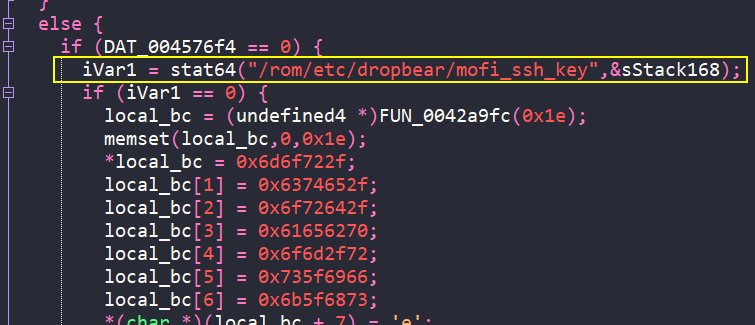

In any case Penetration testing procedures for discovery of Vulnerabilities in OpenSSH ‘ForceCommand’ Directive Bypass produces the highest discovery accuracy rate, but the infrequency of this expensive form of testing degrades its value. For all other VA tools security consultants will recommend confirmation by direct observation. AVDS is alone in using behavior based testing that eliminates this issue. The Vulnerabilities in OpenSSH ‘ForceCommand’ Directive Bypass is prone to false positive reports by most vulnerability assessment solutions. Penetration Testing (pentest) for this Vulnerability If that is not the case, please consider AVDS. Your existing scanning solution or set of test tools should make this not just possible, but easy and affordable. It is vital that the broadest range of hosts (active IPs) possible are scanned and that scanning is done frequently. The primary failure of VA in finding this vulnerability is related to setting the proper scope and frequency of network scans.

Use of Vulnerability Management tools, like AVDS, are standard practice for the discovery of this vulnerability. Scanning For and Finding Vulnerabilities in OpenSSH ‘ForceCommand’ Directive Bypass Versions before 4.9 allows remote authenticated users to bypass the sshd_config ForceCommand directive. OpenSSH 4.4 up to versions before 4.9 allows remote authenticated users to bypass the sshd_config ForceCommand directive by modifying the. This issue has been around since at least 1990 but has proven either difficult to detect, difficult to resolve or prone to being overlooked entirely. Vulnerabilities in OpenSSH ‘ForceCommand’ Directive Bypass is a Medium risk vulnerability that is one of the most frequently found on networks around the world.


Scanning For and Finding Vulnerabilities in OpenSSH ‘ForceCommand’ Directive Bypass.OpenSSH is an open source implementation of the SSH protocol. SSH (Secure Shell) is a tool for secure system administration, file transfers, and other communication across the Internet or other untrusted network. What is the difference between SSH and OpenSSH?
#OPENSSH VULNERABILITIES WINDOWS 10#
OpenSSH has been added to Windows (as of autumn 2018), and is included in Windows 10 and Windows Server 2019. OpenSSH is the open-source version of the Secure Shell (SSH) tools used by administrators of Linux and other non-Windows for cross-platform management of remote systems. This is of course thanks to its use of encryption. It is well known that SSH is a secure network protocol, inherently safe from network packet sniffing and eavesdropping. OpenSSH “Keeping your communiqués secret” Disabling root account remote login – This prevents users from logging in as the root (super user) account.
#OPENSSH VULNERABILITIES PASSWORD#
Disabling password-based authentication – choosing this configuration makes brute-force password attacks impossible. Other common SSH vulnerabilities are exposed via configuration and settings.


 0 kommentar(er)
0 kommentar(er)
